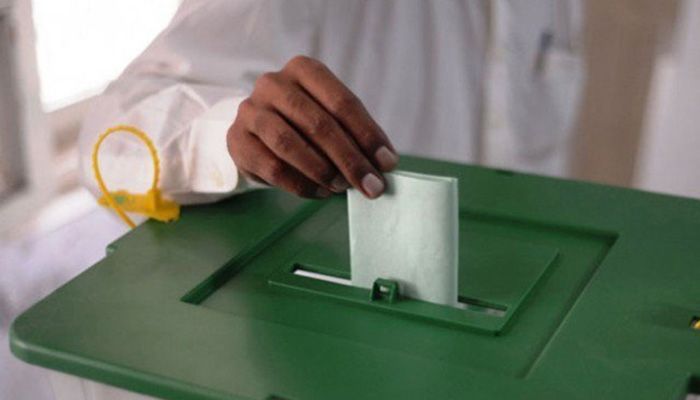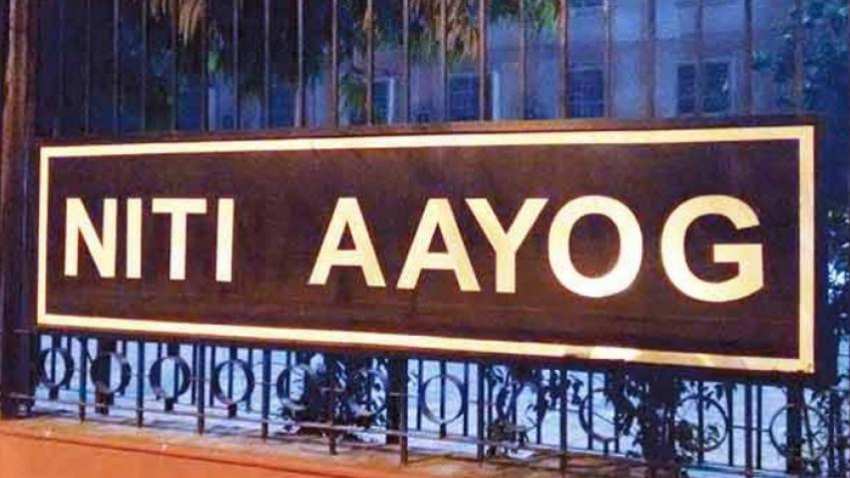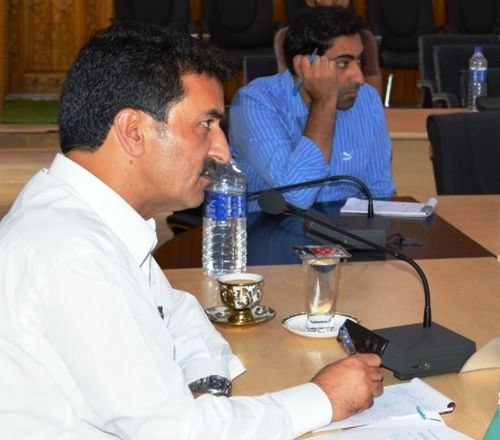By: Imtiaz Alam
There is much mystery around today’s general elections, mostly due to known and unknown variants that may influence the outcome of what is being dubbed by independent observers as the most controversial electoral exercise in Pakistan’s already chequered history.
The wins may not be as credible, and the losses are expected to be furiously contested. This election may also not bring such dramatic results that may qualitatively upset inter-institutional balance. In fact, these elections will rather reinforce the status quo against the democratic forces.
That said, who knows what kind of surprise the electorate may spring on all kinds of manipulators and pundits.
Some of the known variants are: 1) how far the anti-incumbency factor, which was quite visible against the outgoing members of assemblies – regardless of provincial or party affiliations – during the campaign, carries. We also saw the unprecedented defection of almost 43 percent of former parliamentarians (115 out of 272 MNAs) – the highest from the PML-N (61). But this may mitigate the defection factor, in some ways in favour of the PML-N since there is a general disenchantment against turncoats, and if the PML-N and the PPP had them replaced with better alternates.
2) The perceived witch-hunt against the former ruling party and its leaders, including Nawaz Sharif and Maryam Nawaz, at the hands of selective accountability. This has both weakened the PML-N and also created a martyrdom factor in favour of the Sharifs. It’s not known how far the sympathy factor could work to the advantage of the PML-N in Punjab where a decisive battle is being fought between the PTI and the PML-N.
3) Will the so-called electable turncoats be an asset to a patronised party, even if their reportedly contrived inclusion in the PTI has taken the shine off Imran Khan’s tirade against corruption and his singular achievement: the conviction and imprisonment of Nawaz Sharif. The conviction of both Nawaz and Maryam Nawaz has been seen as unjust and politically motivated to clear the way for a favoured alternative.
4) Although Imran Khan ran a most elaborate election campaign, he continued to lose momentum – with much fewer audiences in his last few rallies in Punjab. On the other hand was a lacklustre Shahbaz Sharif who, instead of pushing Nawaz’s narrative of defiance, tried to sell his management skills to both the electorates and the powers that be.
5) Quite exceptionally, in his debut in electoral politics, PPP Chairperson Bilawal Bhutto came across as an intelligent, progressive, democratic and secular politician with distinctly civilised manners and appeal to the masses. While that may not affect the results at this stage in Punjab, he has filled the centre-Left void. He seems to have pulled back PPP activists to their mother party to a larger extent, something that may adversely affect the PTI in closely contested constituencies in Punjab.
6) The last known factor, and the most significant, was Nawaz Sharif’s narrative that directly focused on the principal issue of civil-military relations in our hybrid democracy. However, after his arrest his successor did not continue in the same vein – and with that the battle of narratives was reduced to personal accusations.
The unknown factors, though most surgical, are going to influence around one-fourth of the constituencies, even though they may not add up to the numbers as desired. These factors generally include political defections, creation of king’s parties, selective and partial accountability, muzzling of the media and behind-the-scenes manipulations of the electoral process. If there is any manipulation of the voting process, even if selectively, the whole electoral exercise will backfire and create a big upheaval.
Some would say that the whole lead-up to the election shows that yet another powerful or popular prime minister is the last thing that is desired by the power-brokers. That is why Imran Khan has, of late, been cramming about the need for an overwhelming mandate and a powerful government. To his dismay, that is probably not to be. It seems what has been envisaged is more a client government than a powerful government. By going out of his way to demolish the PML-N, Imran Khan has in fact buried the possibility of an authoritative civil government.
There are three possible scenarios that may emerge after today’s voting. The most probable is a hung parliament that will open the gates of manipulation for a compromised setup. Depending upon numbers and possible political equations, Imran Khan may be facilitated to find his coalition partners in an IJI-2 kind of client government. Alternatively, the PPP-P led by Zardari and the PML-N may form a coalition along with other partners. The second possibility is that the PML-N, despite losses, forms a coalition – as the lead party – with other parties. The third option would see Asif Ali Zardari emerging as the coalition maker and forming the government on terms to be decided by Nawaz Sharif.
What is quite obvious is that today’s elections, rather than resolving the political crisis, will accentuate the political conflict and add to political destabilisation. They may also adversely affect the already worst financial crisis of Pakistan’s history.
Ideally, we needed a stable government to set the economy on the right track. In our obsession with hybrid warfare, we have done the opposite by demolishing the democratic process, attacking freedom of expression and shaking the constitutional order. And this will spill over to other sectors, the economy in particular. With today’s election we are moving towards the reversal of a decade-old democratic transition – unless the country’s democratic forces join hands on the basis of a much stronger social contract for democracy and peace.
Courtesy The News





